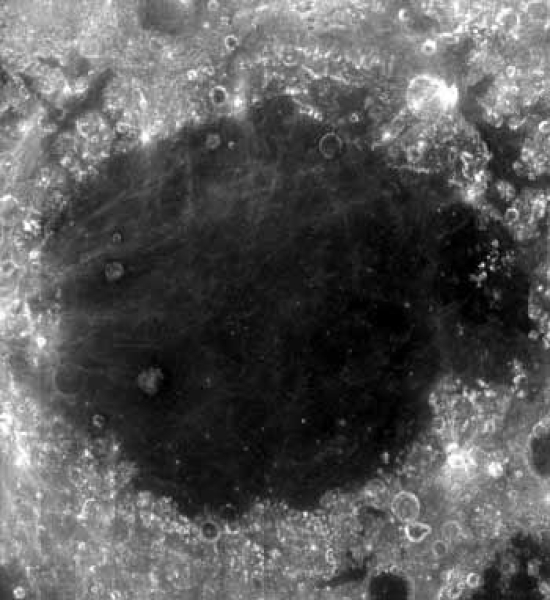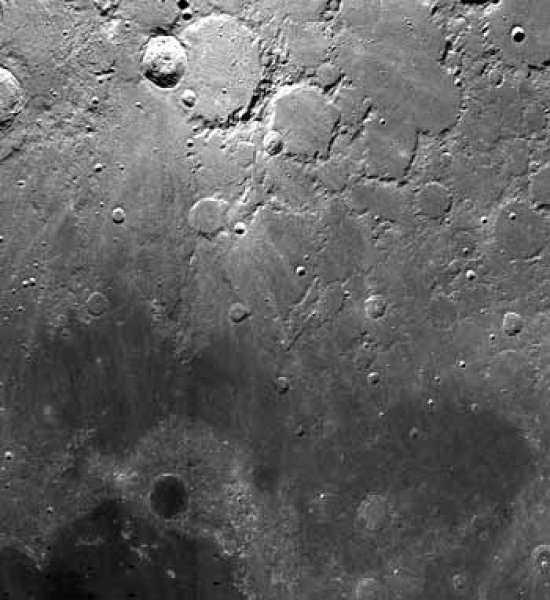Japan's private lunar lander orbited the Moon ahead of its historic landing: here’s what it discovered (photos).
The Japanese lander Resilience, developed by ispace, successfully approached the Moon on February 15, coming within 8,400 kilometers of its surface. For the first time, the module's cameras captured images of the lunar surface from such a close distance, reports Space.
The Resilience lander completed a successful flyby of the Moon, allowing the spacecraft to gain gravitational support from Earth's satellite to alter its flight trajectory. This gravitational maneuver will enable the Japanese craft to conserve fuel, making its orbital insertion around the Moon more energy-efficient. The lander is expected to begin orbiting the Moon in early May, with plans for a historic landing on Earth's satellite.
When Resilience was close to the Moon, it took a stunning photograph of our natural satellite. This marked the first time the lander saw the Moon up close.

For ispace, the Resilience lander is the second spacecraft it has sent to the Moon with the goal of landing on its surface. In March 2023, the previous lander reached orbit around the Moon but failed to land successfully in April. If this second attempt is successful, it will mark the first time a private Japanese lander has landed on Earth's satellite.

If all goes as planned, the American private module will land in the Ocean of Storms, while the Japanese lander Resilience is set to touchdown in the Ocean of Cold around late May or early June. It will explore the lunar surface using scientific instruments, and researchers are expected to gather valuable data with the help of a small rover.
